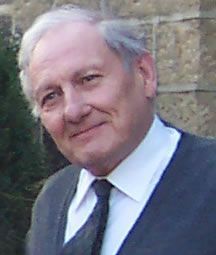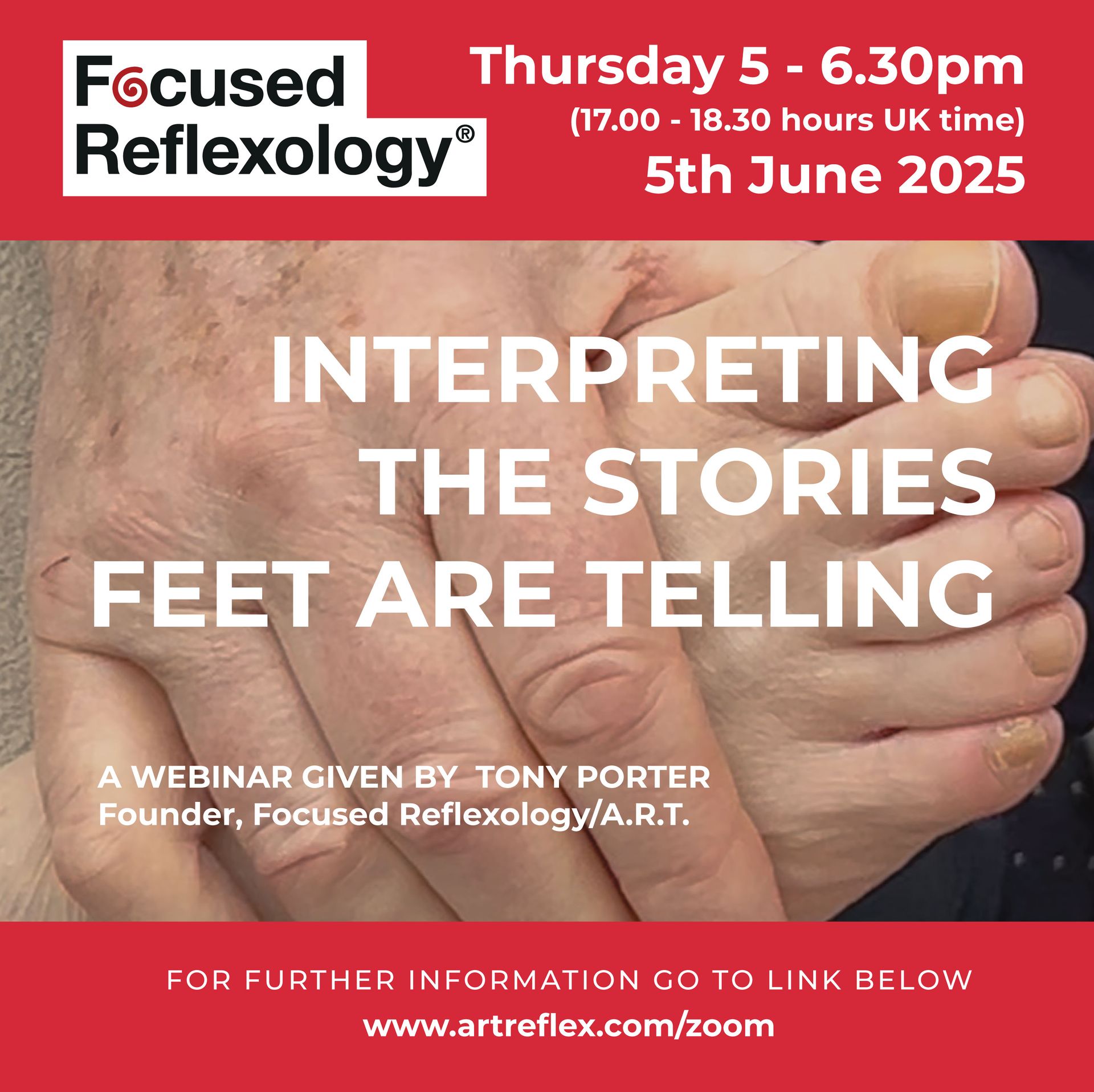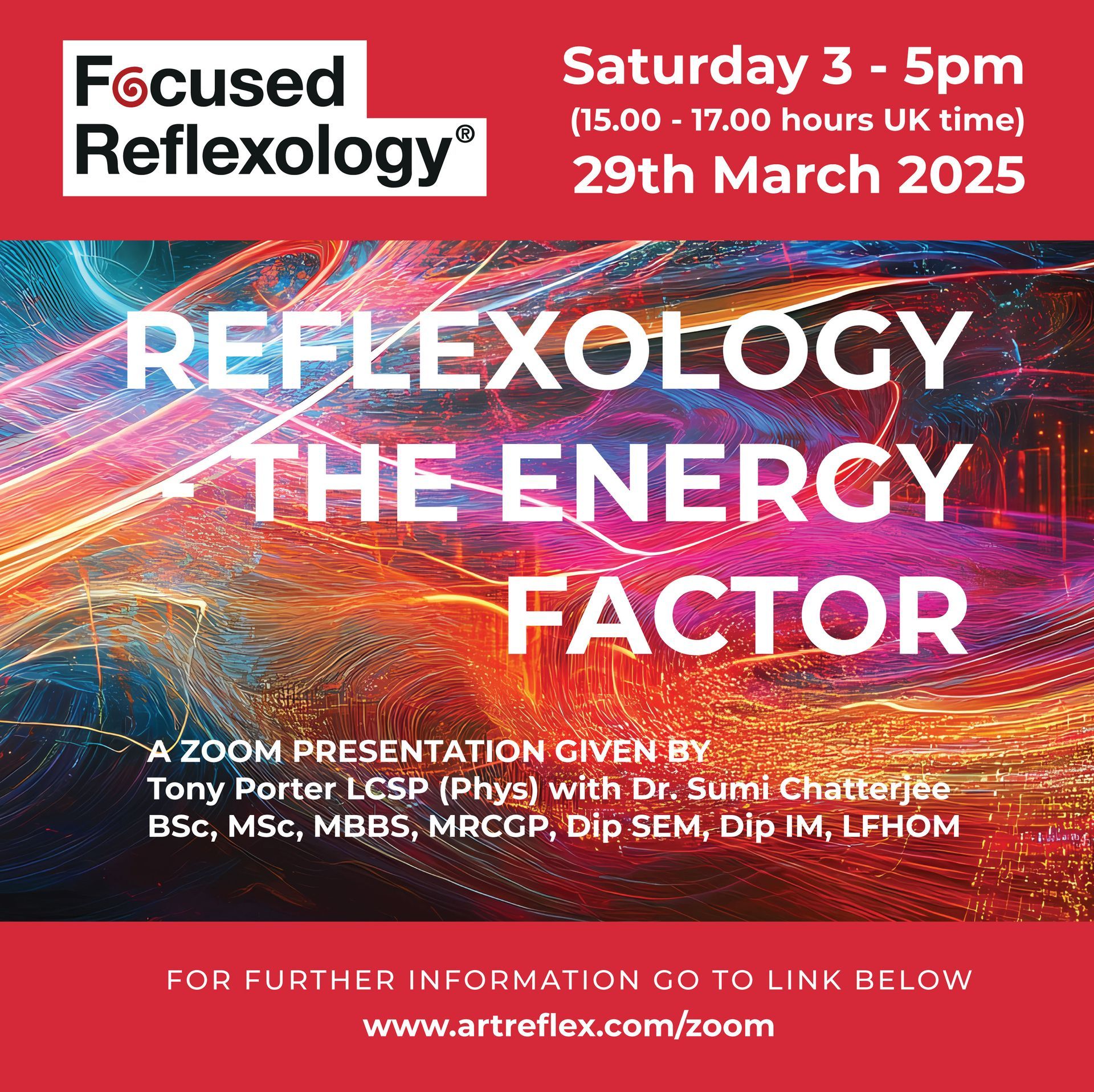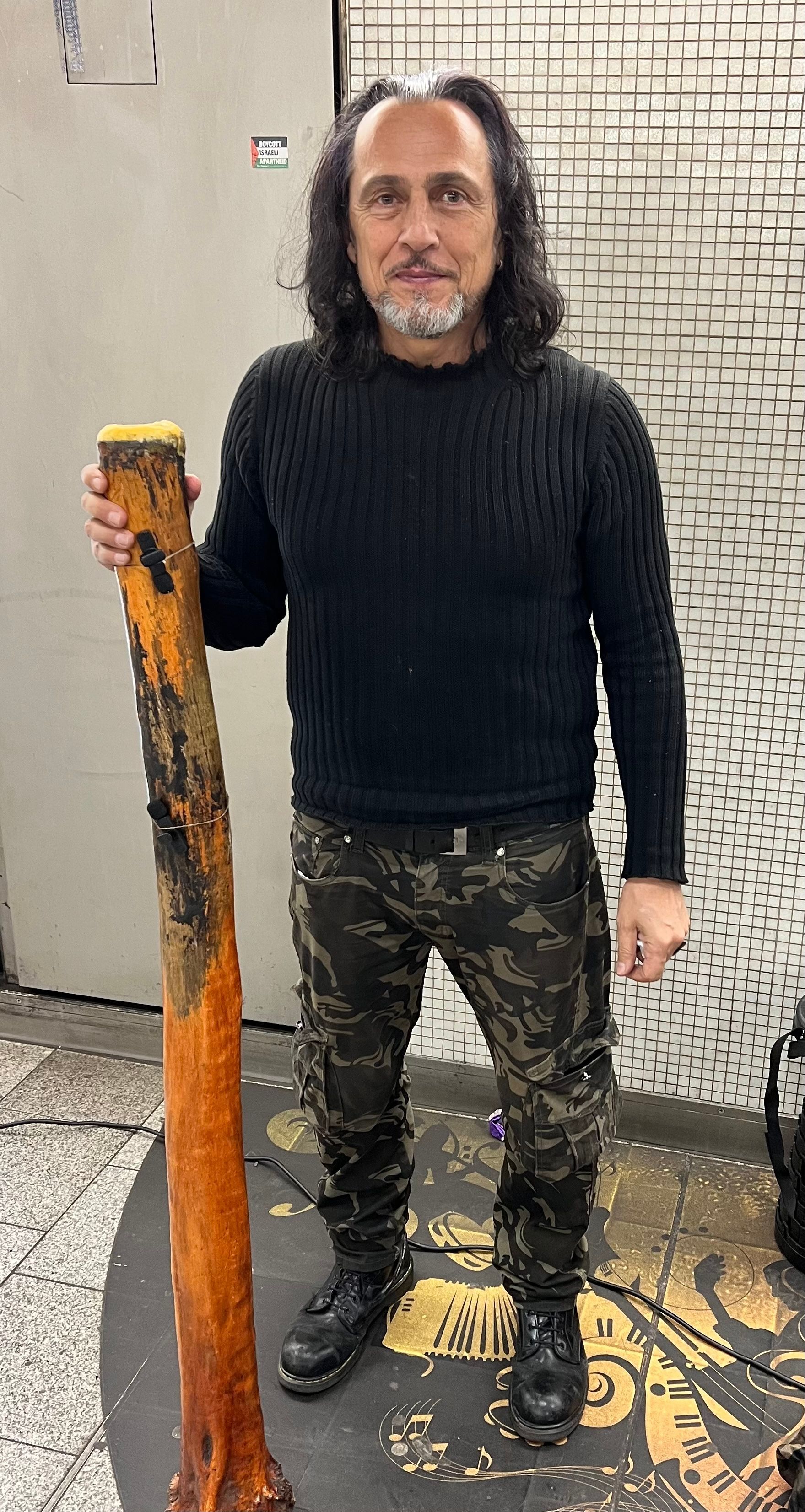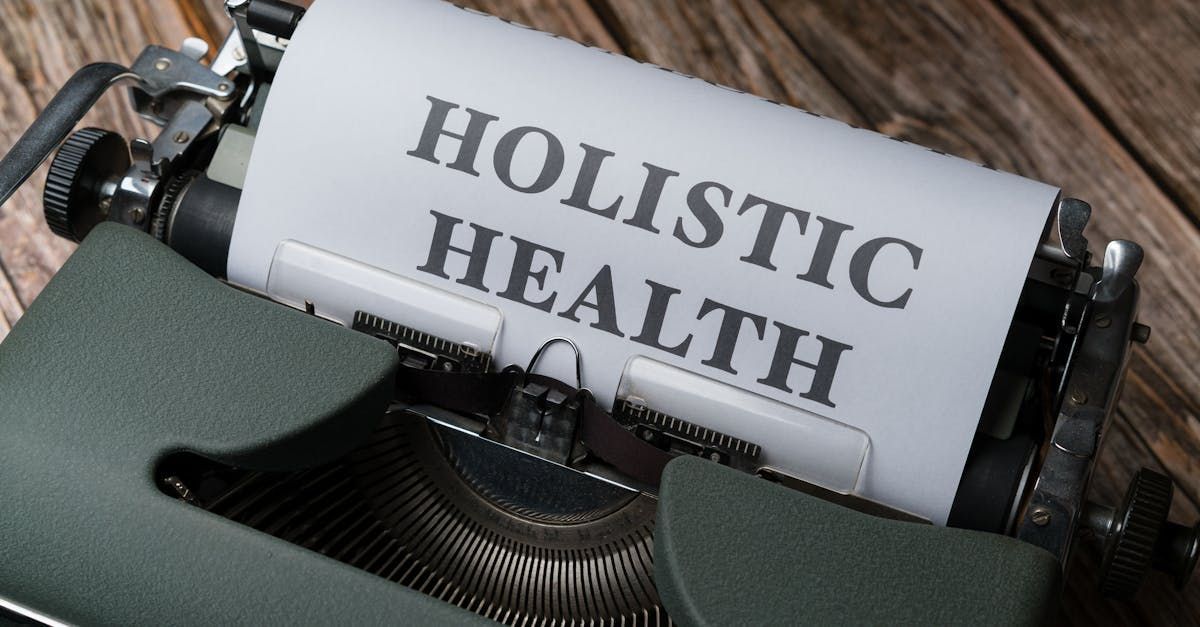Reflexology and a cork block
The year was 1950, and a polio epidemic was spreading throughout the UK and many parts of the world.
Thousands of young people were being struck down by the virus, some were lucky and suffered mild paralysis, while others like me, although being very ill, were spared. There were 45,000 cases and many hundreds of deaths from Polio in the U.K that year.
My Sister Ann Gillanders (Founder of The British School of Reflexology) was not so fortunate and suffered severe and permanent paralysis to her right leg and spinal muscles, she was ten years old.
I was five at the time and can remember my Sister in her pre-polio days as being a gifted gymnast and swimmer.
Our father was a well known London-town gentleman’s hairdresser. In fact, ‘Jimmy of Mayfair’. However, he was also known for something else other than hairdressing, which was head massage. He was in demand from family and friends to work his magic in relieving headaches.
I can remember witnessing him alleviating the hangovers and migraines of many of the clients who ‘presented’ to his salon in the early morning after a night of drinking in the various west end ‘Gentleman’s’ clubs.
After his ministrations, not only had the headaches disappeared, but the clients left the salon with an entirely different persona and posture. This was something which has always stayed with me. This was in the 1950s, long before head massage became what it is today. He had a unique method of ‘rolling up the scalp’ as he put it.
I included this information as it leads to the next part of the story.
It was during a particularly cold spell that I witnessed something which, although unrealised to me at the time was the harbinger of my future life in reflexology and which also was to change the direction of Ann’s life.
In those post-war years, things were very austere and evenings were spent huddled around a small coal fire. I can remember ice forming inside the windows in the north London house where we lived!
The cold did not bide well for Ann’s circulation, her leg would turn blue in the cold and would swell in the heat.
What I witnessed was my father rubbing a cork block (resembling the sanding block as shown in photo) on the bottom and sides of my Sister’s cold and blue foot. I remember asking what he was doing, he replied ‘stimulating the nerves’. I was only six at the time so naturally did not enquire further. I watched the blue leg gradually turn to a healthy and warm pink! I must stress that the block was 100% cork.
The action was a back and forth rubbing movement from toes to heels also contacting the medial, spinal area of the feet, (not that he knew that), and was performed without lubrication. The action was quite vigorous and was administered to both feet.
This vision is still fresh in my mind, and I regret not asking where he learnt this technique. It may have been from the German hairdresser who taught him his method of head massage early in his career. He also completed a six-month military medical assistant course before the war, so perhaps someone showed this technique to him there.
The scene on that cold winter’s evening in 1951 often floats into my consciousness like a cloud tinged not only with sadness, but also with a message of what human resilience can do when the chips are down.
Ann raised four children, wrote three bestsellers ran a very successful reflexology school and although having the challenge of being severely handicapped never complained. Her Mantra was 'just do it' — a lesson to us all.
The picture of us was taken in March this year on the occasion of her 80th birthday. It still feels surreal to me when I think how that cork block massage back in the 1950s led to a lifetime in reflexology which included many wonderful adventures and meetings throughout the world up to the present time.
I have not mentioned our wonderful mother. She played a big part in holding things together, particularly during those dark days. She also had a link to reflexology:
She suffered from digestive symptoms and claimed to cure it or at least alleviate the discomfort by running a metal comb over the back of the hands. Naturally, she was ostracised by her doctor and friends. Little did she realise that Dr Fitzgerald of Zone Therapy fame used metal combs on the fingers and hands to relieve pain.
My best wishes
Tony
Tony's original ART Manual and DVD are available on Amazon
Click here to view ART Manual
Click here to view DVD



